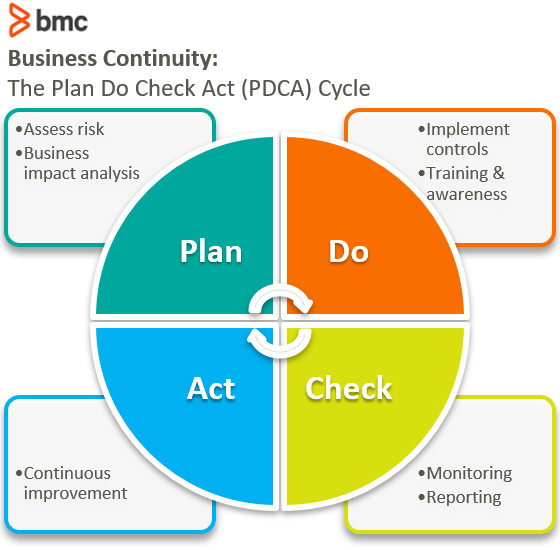Decide how likely it is that someone could be harmed and how seriously the risk take action to eliminate the hazard or if this isnt possible control the risk Assessing risk is just one part of. 418 Other Risk Assessment Procedures.
 Flowchart Of Risk Assessment Procedure Download Scientific Diagram
Flowchart Of Risk Assessment Procedure Download Scientific Diagram
Risk Assessment is the process of evaluating and comparing the level of risk against predetermined acceptable levels of risk.

Risk assessment procedure. Risk assessment is performed in the risk-based approach of auditing in which we focus our audit process on those high-risk areas. 12 Risk assessments are usually based on a particular activitytask or are specific to hazard types eg. Ad Search Faster Better Smarter Here.
Risk that has been reduce to a level that can be tolerate by the organization having regard to its legal obligations and its HSE policy. The Risk Assessment process identifies the cGMP relevant risks and provides its mitigation. Risk Assessment is the process of evaluating the risk taking into account the adequacy of any existing controls and deciding whether or not the risk is acceptable.
SCOPE - The scope of this document is for the Risk Assessment of Process Vessels Water Generation SystemWater Distribution System. In determining hazards the manager must assess all aspect of the. While defining the organization has referred to the complexity of the operations suitability of the methodologies of risk assessment.
Identify hazards and risk factors that have the potential to cause harm hazard identification. This procedure is designed for the identification of hazard risk assessment and defining the necessary applicable controls methods. In addition it identifies other key activities needed for an effective risk management approach.
Risk assessment is a term used to describe the overall process or method where you. What is a risk assessment. Risk Management is the application of a management system to risk and includes identification analysis treatment and monitoring.
This Risk Assessment will. The role of this risk management procedure is to provide staff with guidance in how to apply consistent and comprehensive risk management. In general hazards are likely to be found in the following.
Analyze and evaluate the risk associated with that hazard risk analysis and risk evaluation. Ad Search Faster Better Smarter Here. Effective risk assessment is based on a series of steps involving identifying risks assessing the extent of the risk determining whether action needs to be taken to reduce the risk and then taking action and evaluating the results of the action.
The risk assessment procedure can best be illustrated in the following way. Predominately all risk assessments follow a similar process of identifying hazards determining the risk and identifying suitable controls to be implemented. This procedure provides information on how to identify analyse evaluate and treat risks.
Identify Risk of Material Misstatement. Audit Risk Assessment Procedures Audit risk assessment procedures usually contain two steps process including identifying and responding to risks of material misstatement. WHS legislation in New South Wales requires that PCBUs in consultation with workers identify all potentially hazardous things or situations that may cause harm.
However there are a number of other procedures that cover specific hazardsactivities that are listed in section 6 below eg. The Risk Assessment procedure above should identify various hazards associated with work activities.



